The rainbow flag is an iconic symbol recognized by people and communities worldwide. Gilbert Baker, the American artist who created the flag, died in March of 2017. But, a year earlier, I had the opportunity to talk to him about his life and work at the forefront of the battle for the rights of people of all sexual orientations and gender identities.
The symbol of Pride
Gilbert Baker’s legacy, the rainbow flag
By Karine Duhamel
Published: May 10, 2019 Updated: June 6, 2023
Tags:
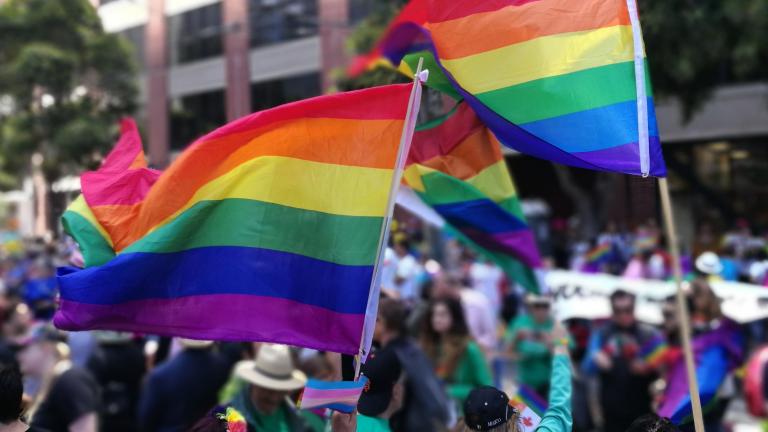
Photo: Unsplash, y y
Story text
"I was always fabulous," Baker announced with a laugh when we sat down to discuss his incredible story. From his childhood in Chanute, Kansas, to his eventual role as the creator of one of the most recognizable symbols of our time, Baker experienced a great deal of change in his life.
Baker was raised in a small town in Kansas in the 1950s, by a family whose values were informed by their humble beginnings. His parents started out with very little, but would eventually become respected middle‐class community members. For Baker, the environment was stifling. Though he found ways to express his interests through art, his perspective was often poorly understood.
Growing up in the 1950s in Kansas was nowhere for somebody as gay as me.
After completing high school, Baker was ready to leave it all behind. Drafted into the United States Army at 19, he set his sights on studying medicine. But medicine, he discovered, did not allow him to be creative. That’s when San Francisco called.
After learning to sew on a friend’s machine, Baker began to make banners – lots of them. Famed gay liberation activist and politician Harvey Milk was a close friend of Baker’s and often called upon him to create banners for protest marches.
Baker, along with many others, rejected the old symbol of the gay community – the pink triangle. For them, the pink triangle was the wrong symbol. It came from Hitler’s regime as part of a code of oppression and murder. The pink triangle was a badge used in concentration camps to mark those convicted under Paragraphs 174, 175 and 176 of the Reich Penal Code, which outlawed any same‐sex acts of intimacy.
But, Baker reasoned, their movement did need a symbol. Reflecting on the American bicentennial in 1976, Baker began to think about what kind of symbol might best represent his community. And the rest, as they say, is history.
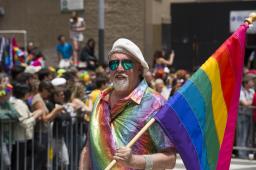
The first rainbow flag was raised in 1978. As Baker recounted, "the second it hit the wind, it changed my life forever." For Baker, the rainbow flag was always a statement about human rights. But beyond that, it was "something that is torn from the soul of our people. The idea that we’re all of the colours, we’re all of the genders, we’re all of the sexes, we’re all of the races, all of it. The whole spectrum of our humanness. And that becomes a provocative, powerful statement when it’s about our sexuality."
Although the flag gained Baker notoriety and fame, he remained an artist committed to his community. And despite the flag’s success, Baker faced hard times in his life too: "It hasn’t always been unicorns and glitter," he explained, as our interview drew to a close.
The flag, as public domain, certainly didn’t make him rich, at least in material terms. But for Baker it represented the achievement of a lifetime and is one of the ways he is remembered after his death. The flag that Baker created has become an important symbol for people of diverse sexual orientations and gender identities everywhere, but there is still work to be done.
We are a global tribe, we exist everywhere. But we are not free everywhere.
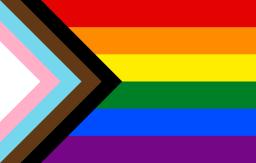
You may have noticed a new Pride flag flying in recent years. This is the Progress flag, designed by Daniel Quasar in 2018. It incorporates new colours that had been created to recognize transgender and IBPOC communities. "The arrow points to the right to show forward movement, while being along the left edge shows that progress still needs to be made," says Quasar.
Many other 2SLGBTQI+ flags have been created over the years. They reflect the breadth and depth and complexity of gender and sexual identities. See below for explanations of another 21 flags, provided by the Winnipeg Rainbow Resource Centre.
2SLGBTQI+ Flags and Definitions
Agender
An individual who has no gender identity or a neutral gender.
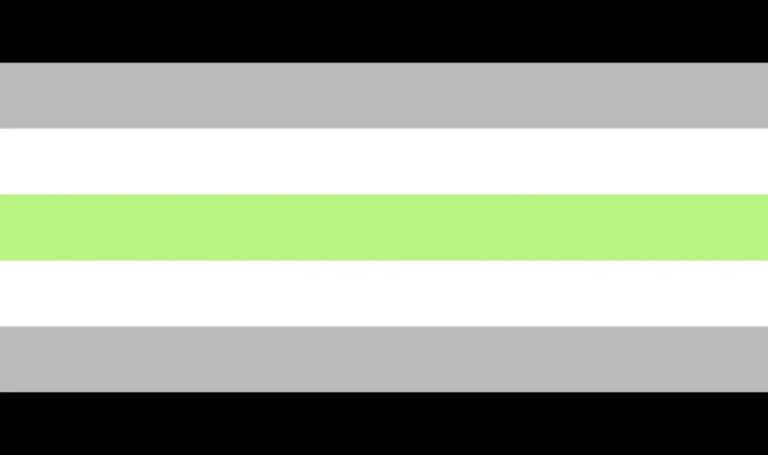
Aromantic
An individual who generally does not experience romantic attraction.
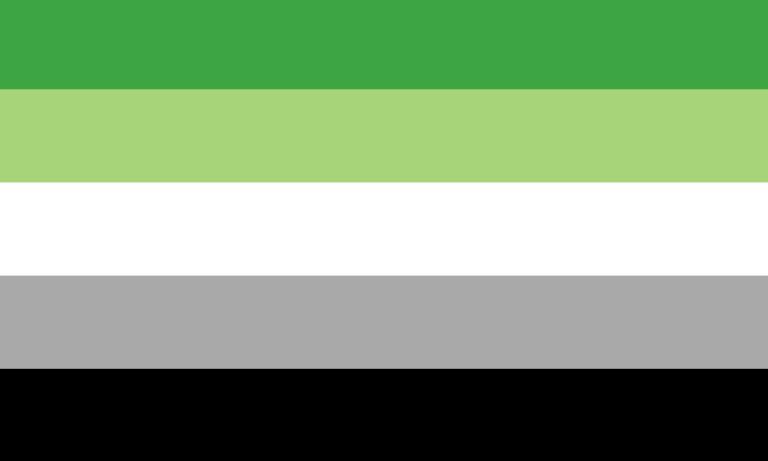
Asexual
An individual who generally does not experience sexual attraction.
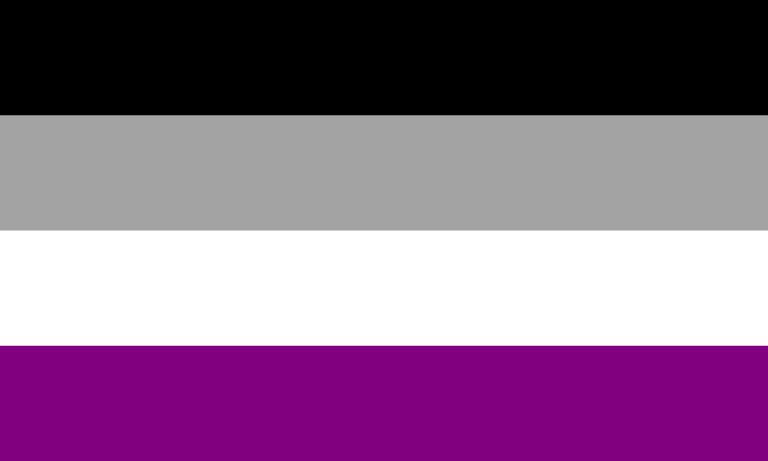
Bigender
An individual who has two distinct gender identities.
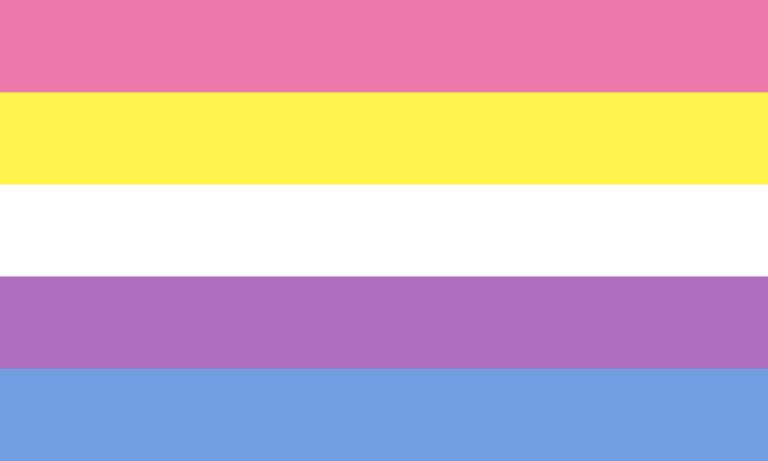
Bisexual
An individual who is attracted to more than one gender.
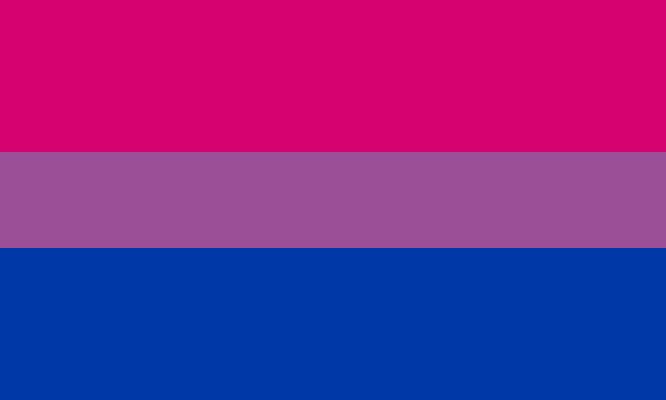
Demiboy
An individual who partially identifies as a boy or man.

Demigirl
An individual who partially identifies as a girl or woman.
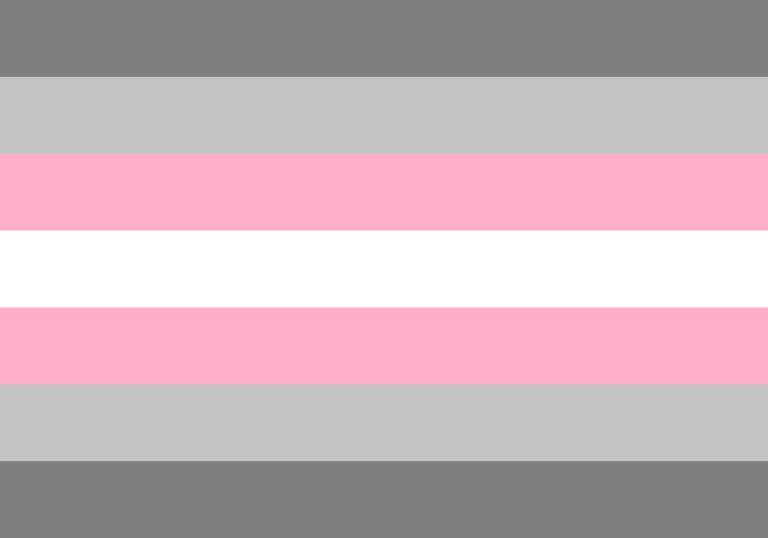
Demisexual
An individual who only has sexual attraction to someone once there is an emotional connection.
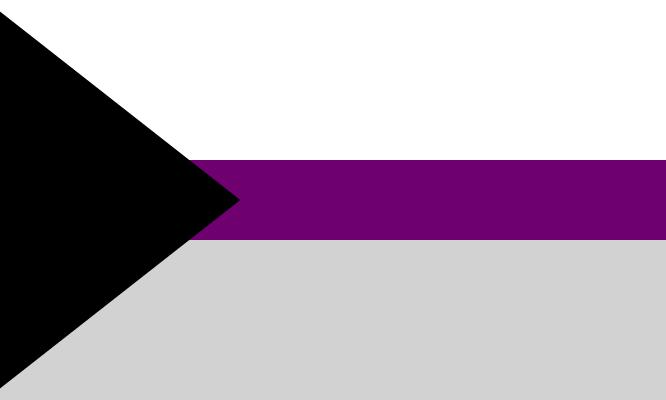
Gay
A man who has romantic /sexual attraction to other men.
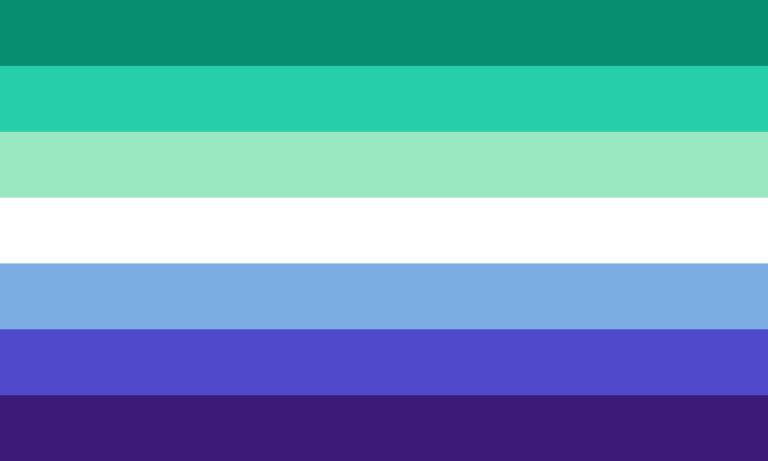
Genderfluid
An individual who does not have a fixed gender.
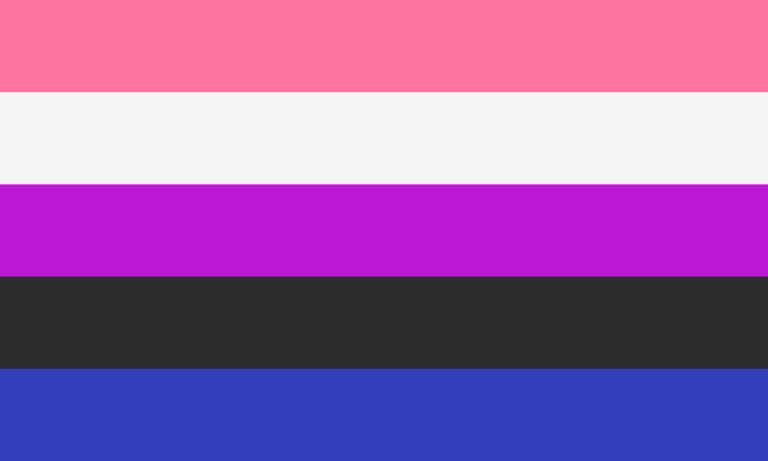
Genderqueer
An individual who does not subscribe to conventional gender distinctions.
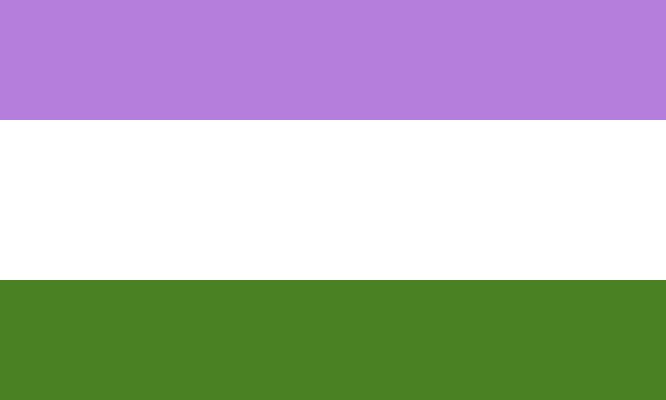
Intersex
An umbrella term for individuals with biological sex traits which differ from traits typically associated with male or female.
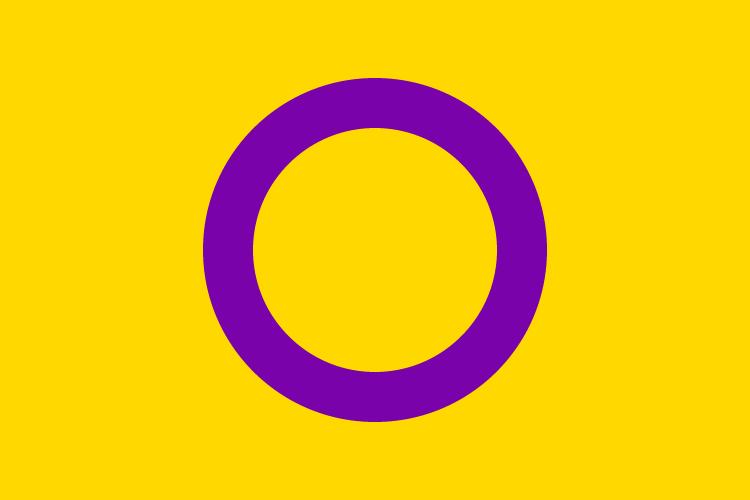
Lesbian
A woman who has romantic /sexual attraction to other women.
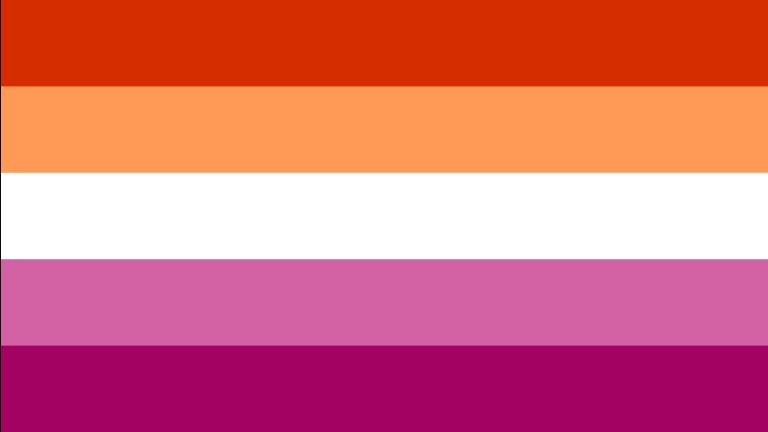
Non-binary
An individual whose gender exists outside of the categories of man and woman.

Pansexual
An individual who is sexually attracted to people regardless of their gender identity.

Polyamory
The practice of, or desire for, intimate relationships with more than one partner, with the informed consent of all partners involved.
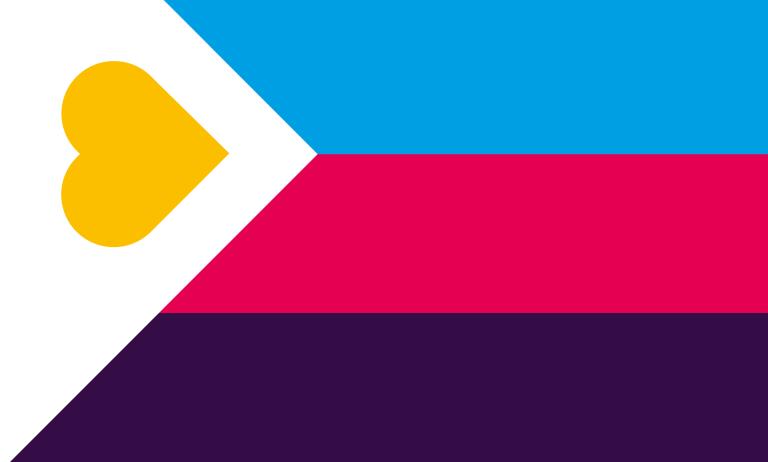
Polysexual
An individual who is sexually / romantically attracted to multiple genders.
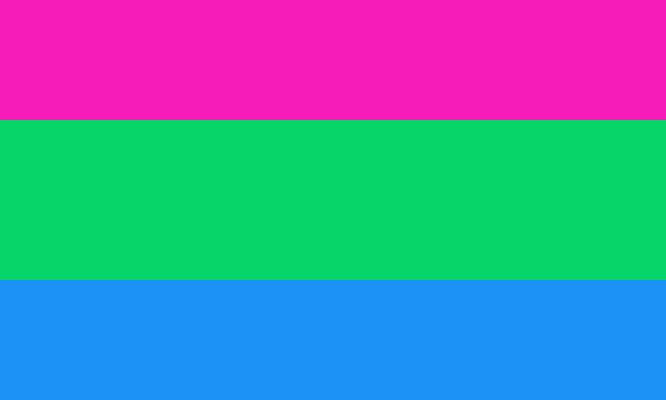
Queer
An umbrella term that describes an identity as well as a community.
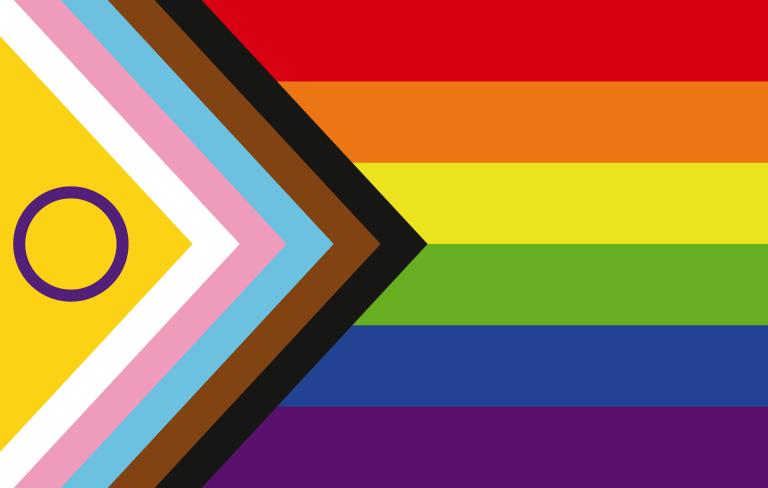
Questioning
An individual who is questioning their sex assigned at birth, gender identity, gender expression and/or attraction.

Transgender
An individual whose gender identity does not line up with their sex assigned at birth.

Two-Spirit
An English umbrella term used by some Indigenous people who assume or cross multiple gender roles, attributes, dress and attitudes.

Ask yourself
Why are Pride symbols and celebrations so important?
What can you do to respect and celebrate people’s differences?
How diverse is your family, school, or community?
Suggested citation
Suggested citation : Karine Duhamel. “The symbol of Pride.” Canadian Museum for Human Rights. Published May 10, 2019. Updated: June 6, 2023. https://humanrights.ca/story/symbol-pride